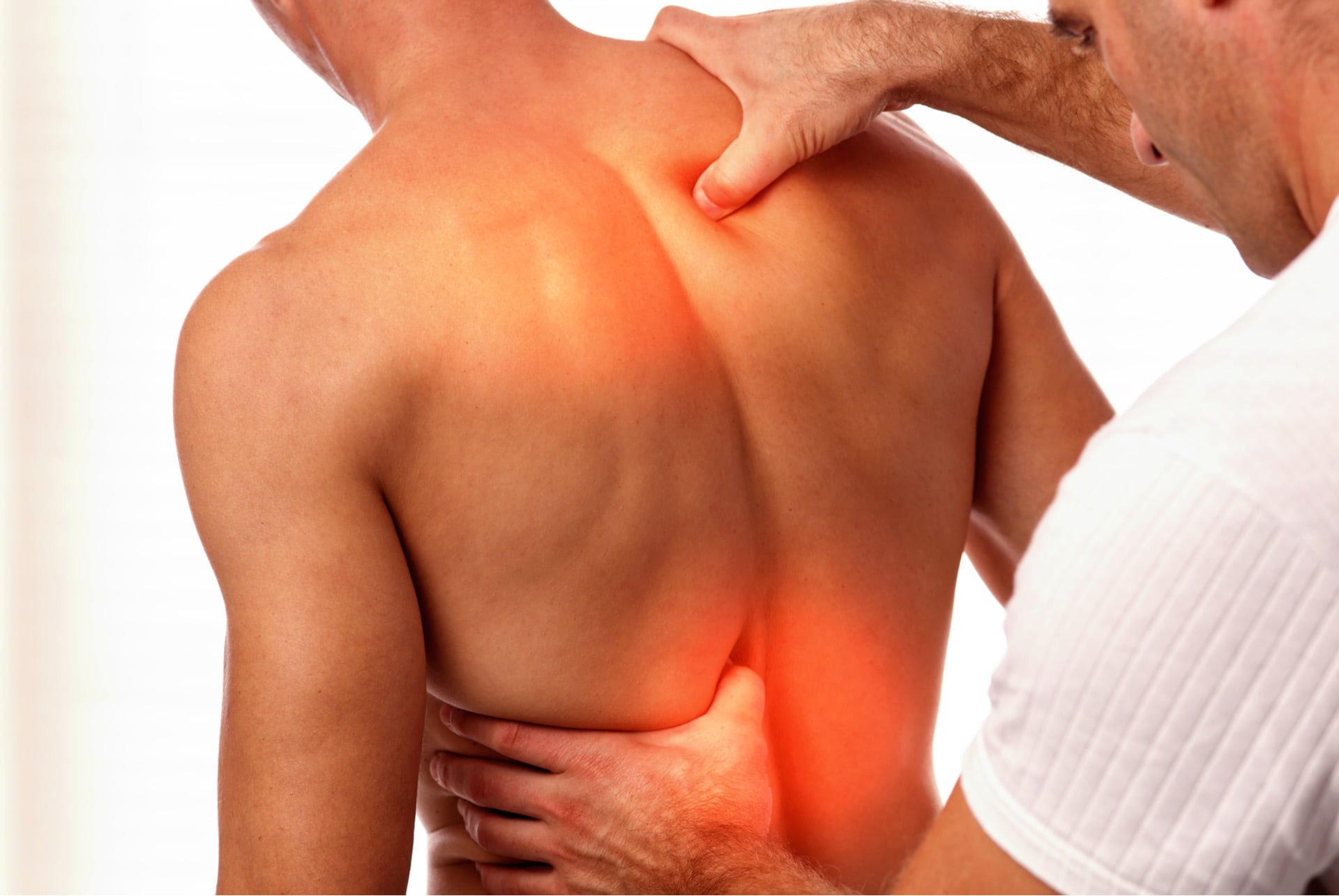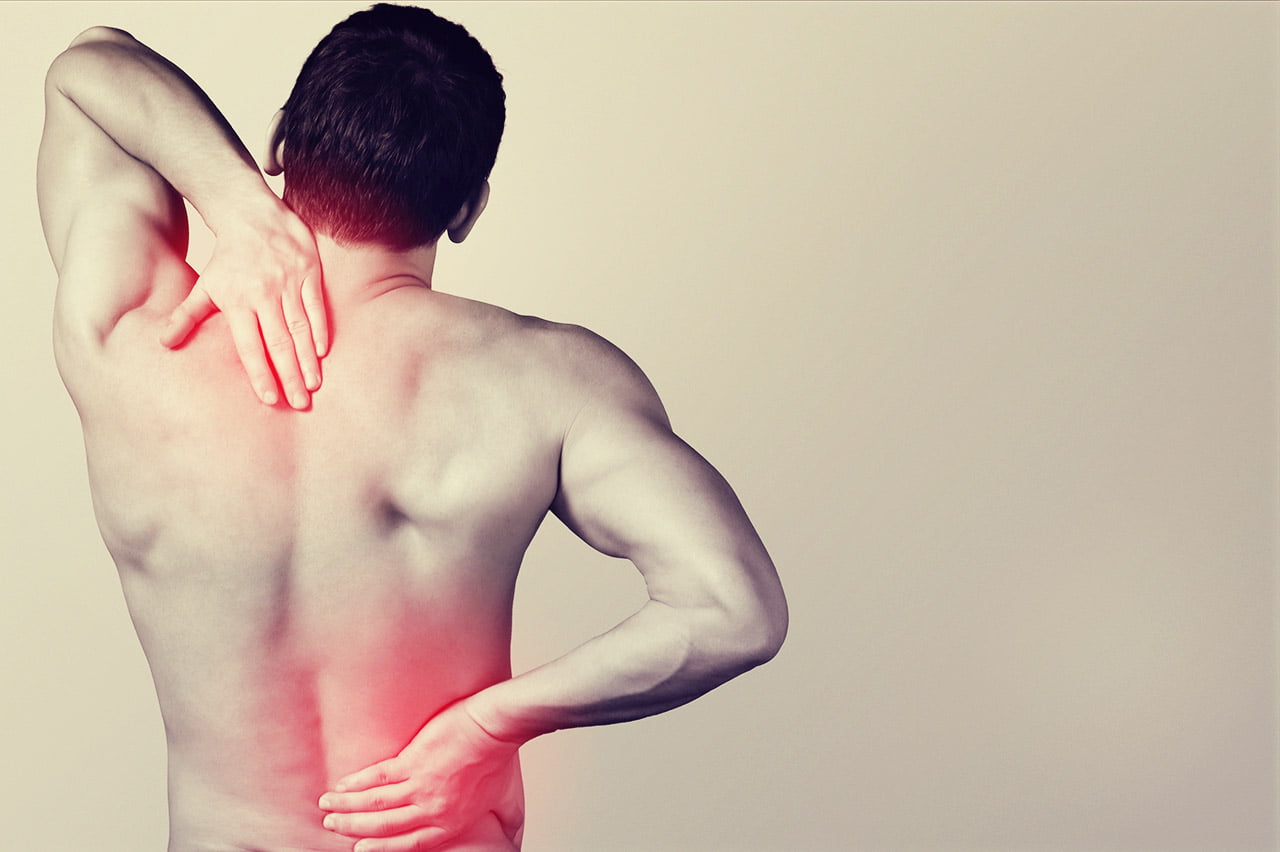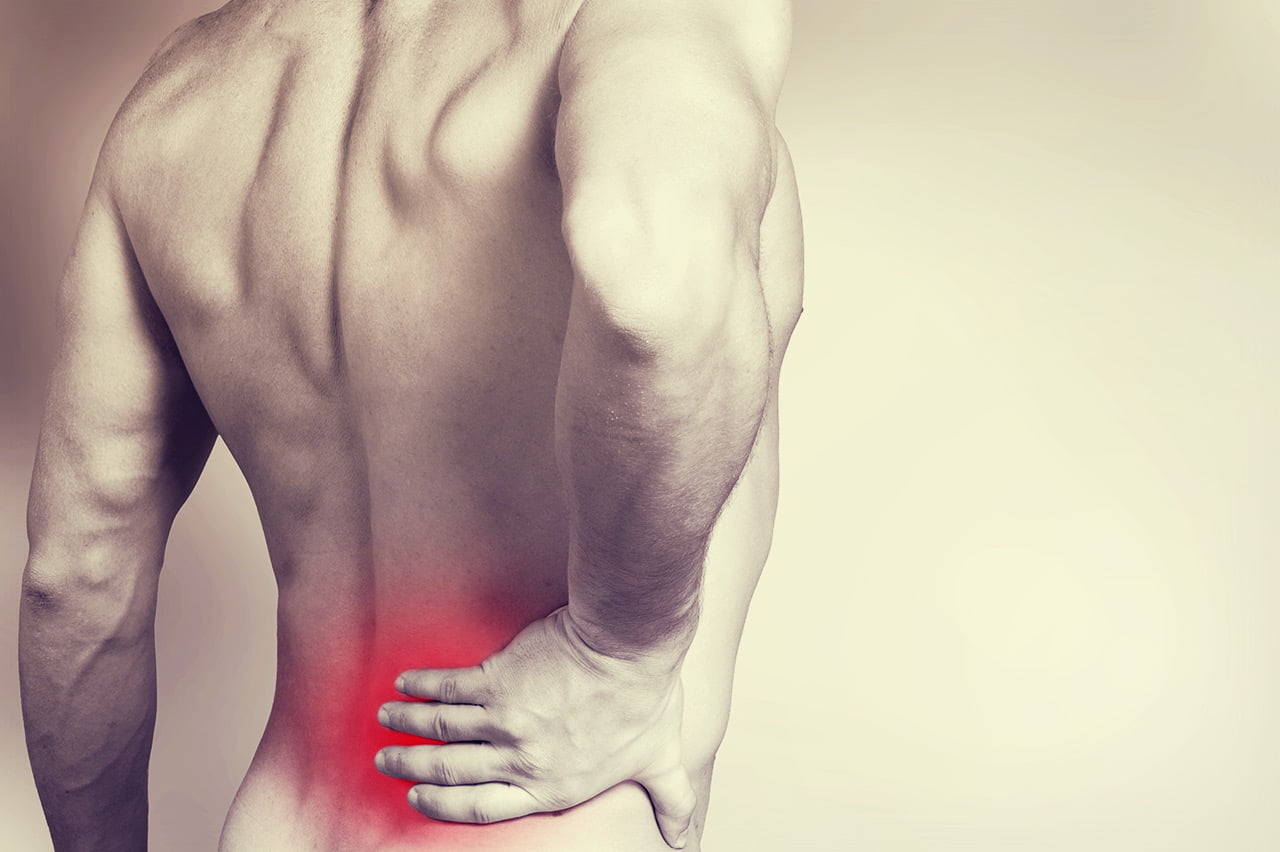Shoulder pain is a common complaint that can significantly impact daily activities, from simple tasks like reaching overhead to more complex movements like lifting or carrying objects. At Ballina Osteopathic Centre, Dr Zac Hakes diagnoses and treats a range of shoulder dysfunctions, offering quick and far-reaching results. His holistic approach to healthcare has earned him a reputation for excellence in the Northern Rivers region.
This article will discuss five common shoulder conditions: shoulder impingement, shoulder bursitis, T4 syndrome, AC and SC joint sprains, and rotator cuff injuries. We’ll explore what each condition involves, their common signs and symptoms, and how osteopathy can provide effective relief.
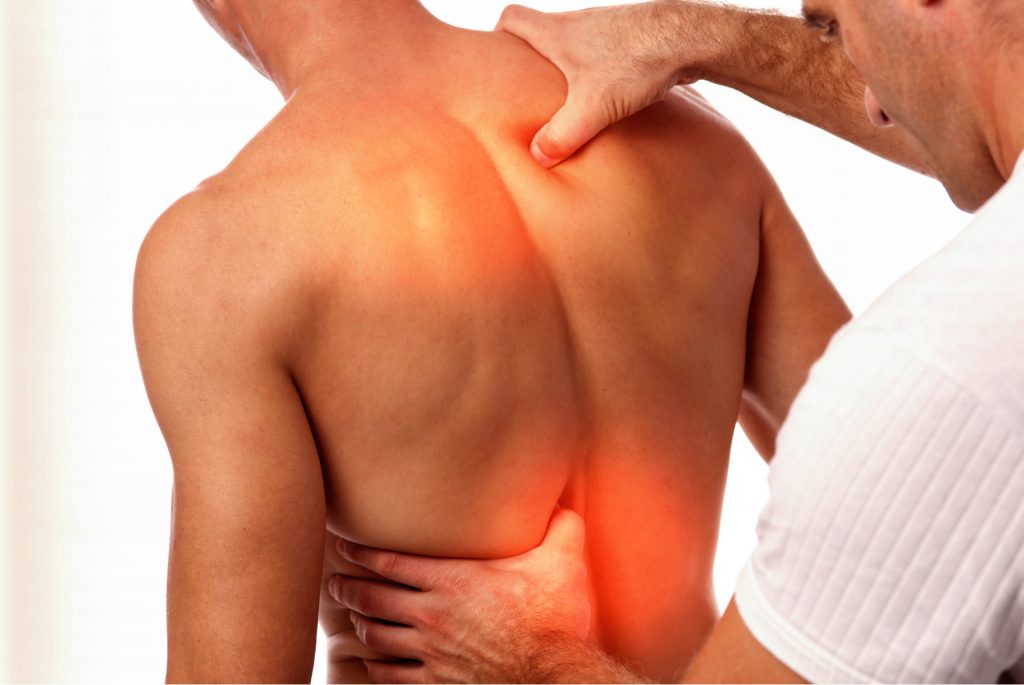
1. Shoulder Impingement
What is Shoulder Impingement?
Shoulder impingement occurs when the tendons or bursa in the shoulder become compressed during movement. This can happen due to a narrowing of the space between the bones in the shoulder joint, often caused by poor posture, muscle imbalances, or repetitive overhead activities.
Signs and Symptoms
- Pain when raising the arm above shoulder height
- Difficulty reaching behind the back
- A constant ache in the shoulder
- Weakness in the arm or shoulder
- Pain worsening at night, especially when lying on the affected side
Osteopathic care addresses the root cause of shoulder impingement by improving joint mobility and correcting muscle imbalances. At Ballina Osteopathic Centre, Dr Zac Hakes focuses on restoring normal movement patterns and relieving pressure on the affected tendons and bursa. He uses techniques such as soft tissue manipulation, joint mobilisation, and postural retraining to help reduce pain and inflammation, allowing patients to return to their normal activities sooner.
2. Shoulder Bursitis
What is Shoulder Bursitis?
Bursitis is the inflammation of the bursa, a fluid-filled sac that cushions the joints. In the shoulder, this usually affects the subacromial bursa, located between the rotator cuff and the acromion (the top part of the shoulder blade). Shoulder bursitis can develop from overuse, injury, or poor posture.
Signs and Symptoms
- Sharp pain at the top and outer side of the shoulder
- Swelling and warmth around the joint
- Pain that intensifies with overhead movements
- Reduced range of motion
- Tenderness when pressing on the shoulder
Osteopathy offers a holistic approach to managing shoulder bursitis by addressing not only the inflamed bursa but also contributing factors such as postural issues and muscle tension. Dr Zac Hakes uses gentle, hands-on techniques to reduce inflammation and improve shoulder function. Treatments may include soft tissue therapy, stretching exercises, and advice on posture correction to prevent future flare-ups. Many patients at Ballina Osteopathic Centre report fast relief from bursitis symptoms under Dr Hakes’ care.
3. T4 Syndrome
What is T4 Syndrome?
T4 syndrome is a condition involving dysfunction of the fourth thoracic vertebra (T4), located between the shoulder blades. When this vertebra becomes stiff or misaligned, it can cause referred pain and symptoms in the upper back, neck, shoulders, and arms. T4 syndrome often results from poor posture, prolonged sitting, or repetitive movements that strain the spine.
Signs and Symptoms
- Diffuse pain between the shoulder blades
- Numbness, tingling, or weakness in the arms and hands
- Headaches originating from the neck and upper back
- Stiffness in the upper thoracic spine
- Referred pain in the shoulder and chest
Osteopathic treatment for T4 syndrome focuses on restoring proper spinal alignment and mobility. Dr Zac Hakes will assess the function of the thoracic spine and shoulder girdle, identifying any areas of restriction or dysfunction. Treatment may include spinal mobilisation, soft tissue release, and exercises to improve posture and prevent recurrence. With an individualised approach to care, many patients experience significant improvement in their symptoms and overall well-being.
4. AC and SC Joint Sprains
What are AC and SC Joint Sprains?
The acromioclavicular (AC) and sternoclavicular (SC) joints connect the collarbone (clavicle) to the shoulder blade and sternum, respectively. Sprains in these joints occur when the ligaments supporting them are overstretched or torn, often due to trauma such as a fall onto the shoulder or direct impact.
Signs and Symptoms
- Pain localised to the top of the shoulder (AC joint) or near the sternum (SC joint)
- Swelling and bruising around the affected joint
- Difficulty moving the arm across the body or lifting objects
- Visible deformity or bump at the AC joint in severe cases
- Tenderness when pressing on the joint
Supporting Recovery Through Ballina Osteopathy
Osteopathic care for AC and SC joint sprains involves reducing pain and promoting healing through gentle, hands-on techniques. Dr Zac Hakes tailors treatment to the severity of the sprain, focusing on improving joint mobility, reducing inflammation, and strengthening surrounding muscles to support recovery. His holistic approach helps patients regain shoulder function quickly while minimising the risk of future injury.
5. Rotator Cuff Injuries
What are Rotator Cuff Injuries?
The rotator cuff is a group of four muscles that stabilise the shoulder joint and allow for smooth, controlled movements. Rotator cuff injuries can range from minor strains to complete tears and are typically caused by repetitive use, trauma, or age-related degeneration.
Signs and Symptoms
- Pain when lifting or rotating the arm
- Weakness in the shoulder
- A clicking or popping sensation with movement
- Difficulty reaching overhead or behind the back
- Nighttime pain, particularly when lying on the affected shoulder
At Ballina Osteopathic Centre, Dr Zac Hakes uses a multifaceted approach to treating rotator cuff injuries. He focuses on reducing pain and inflammation, restoring strength, and improving shoulder mobility. Treatment may include soft tissue massage, joint mobilisation, and personalised rehabilitation exercises to address muscle imbalances and support long-term recovery. Many patients find that Dr Hakes’ hands-on approach provides significant relief, even for chronic rotator cuff issues.
Shoulder dysfunctions can be debilitating, affecting your quality of life and ability to perform everyday activities. Whether you’re suffering from shoulder impingement, bursitis, T4 syndrome, AC or SC joint sprains, or a rotator cuff injury, Ballina Osteopathic Centre offers effective, holistic treatment options tailored to your individual needs.
Dr Zac Hakes is highly experienced Ballina Osteopath diagnosing and treating a wide range of shoulder conditions, using gentle and effective techniques to alleviate pain, restore function, and prevent future injury. His reputation for achieving quick and far-reaching results makes him a trusted healthcare provider in the Northern Rivers region.
If you’re experiencing shoulder pain or discomfort, don’t hesitate to reach out to Ballina Osteopathic Centre for professional osteopathic care. Call 0423 046 141 to schedule an appointment with Dr Zac Hakes and start your journey toward a pain-free shoulder.
